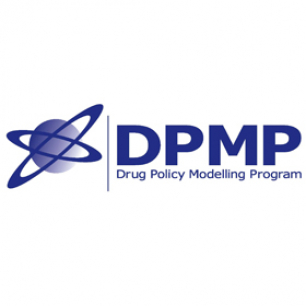Drug diversion is one of the most utilised policy interventions in responding to drug and drug-related offenders in Australia (Hughes and Ritter 2008; Ritter et al. 2011): and is used to divert alcohol and other drug (AOD) offenders away from the traditional criminal justice response and/or into drug education and treatment.
This monograph (No. 25) provides an evaluation of the ACT alcohol and other drug diversion system (including five different programs that operate via police and courts). The evaluation was funded by the ACT Health Directorate and undertaken in 2012. It employed a systems approach: accordingly, it focused on how the five programs operate together, rather than merely the inputs and outcomes of individual programs. Key elements included:
1. A conceptual map of the current system: What is the current map of the ACT drug diversion system in its entirety taking into account its contexts and the full range of programs? How are the programs delineated? How do clients move around the system?
2. Resources: What resources are being allocated and what are the costs of service provision?
3. Evaluation roadmap: What indicators and evaluation designs can be established so as to assess implementation, outputs and outcomes (positive and negative, intended and unintended) from the ACT drug diversion system?
4. Future system: Where can improvements be made, including but not limited to program access, program barriers to be overcome, referral systems, program components and so on?
The evaluation identified many strength of the ACT diversion system, including a breadth of diversionary options, a high rate of referrals and treatment assessment and completion for most programs and the adaptability of the system/system players to perceived gaps/needs. But it also identified opportunities for improvement, including the need for clearer direction for the system, instances of program creep/resource wastage and that a number of sub-groups of AOD offenders were being excluded from the diversion system.
Addendum: In October 2014 the ACT Attorney General announced reforms to the ACT police and court diversion system, including the development of a new ACT Police and Court Drug Diversion Strategy and prioritising space for AOD assessments of drug and drug-related offenders in the courts.


